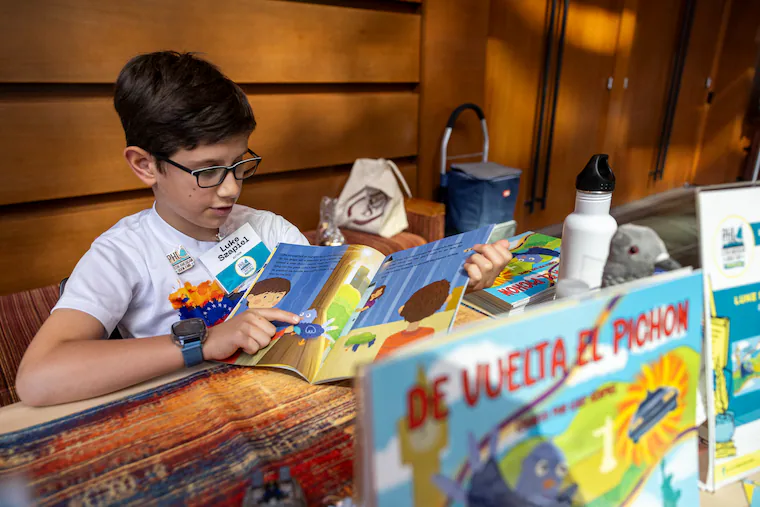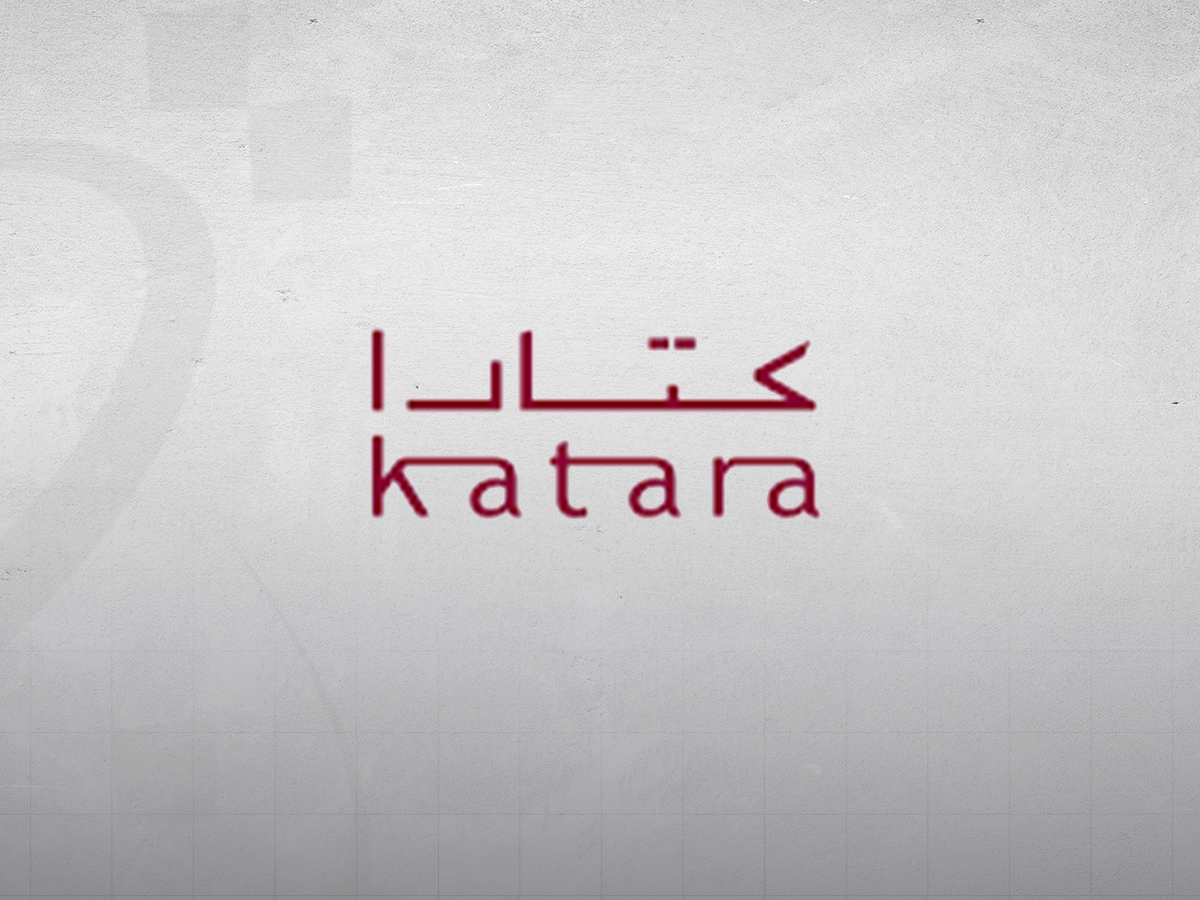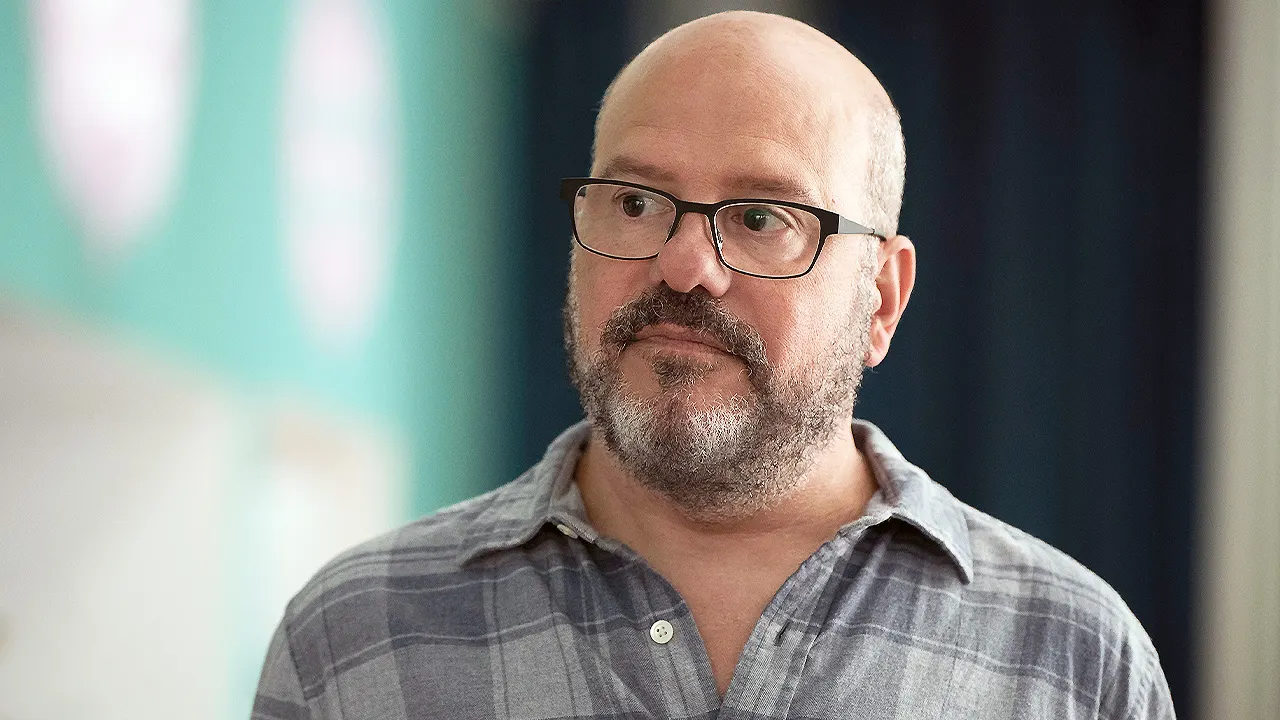
Luke Szapiel was done reading the few bilingual books for fourth graders he could find — so he became a bilingual writer. The 9-year-old Venezuelan American was one of 32 Latino authors who presented their books at Philadelphia’s annual Latin American Book Fair Saturday morning.
Flags from Mexico, Colombia, Uruguay, Venezuela, and 14 other Latino countries welcomed 200 people to the Kimmel Center, as authors from all over the country talked about their creations onstage.
Wearing a Venezuelan flag shirt, Szapiel took the stage with two copies of his self-published book. Tired of having a hard time finding age-appropriate bilingual or Spanish books, he told his mom he wanted to write his own. His favorite bird, interest in time traveling, and wanting to share his Latino culture brought Back to the Pigeon to life.
“If you write in two languages, more people can read it,” said Szapiel, holding a pigeon stuffed animal and a toy car from Back to the Future. “I want other kids to know that no matter the language you speak, there is no time like the present, but you got to look at the past to learn from the mistakes.”
That kind of multicultural, bilingual storytelling is what Nez Rendon came looking for at the book fair. As a mother of three Puerto Rican, Mexican, and Colombian children under 10, she has struggled to find bilingual stories where her kids can feel seen.
“The world is so dark right now, so it’s really important for them to see their culture highlighted, to see the creativity their cultures bring,” Rendon said. “It helps them not feel alone.”
But not all books at the fair were fit for children. Community group Comadre Luna gave attendees a look at their upcoming illustrated book Voces de oro (Golden voices), a story about the gentrification of Kensington. Independence Public Media Foundation is scheduled to publish the book in December.
The book shows the story of El Centro de Oro, one of the largest Latino neighborhoods in Philly, and how gentrification has affected it through the years.
“It has no words, but it brings the voices of Latino neighbors to life so people can hear them no matter the language,” said Comadre Luna member Alejandra Álvarez García.
As the children from Ñuuxakun dance company took the stage with Mexican traditional dances, folks began populating the area around Clara Elena García’s table.
García drove four hours from Albany, N.Y., to share her trilingual book and her Paraguayan culture with Philadelphians. Seven Legendary Monsters tells the story of the mythical creatures of her culture in English, Spanish, and the Indigenous language Guaraní.
“In the literary world there is very little representation for Latin American authors, especially in Spanish, but people need to realize that our stories are equally good,” García said. “Especially right now, bilingual books are a way to say we are still here, we are still fighting, our culture deserves a space.”



